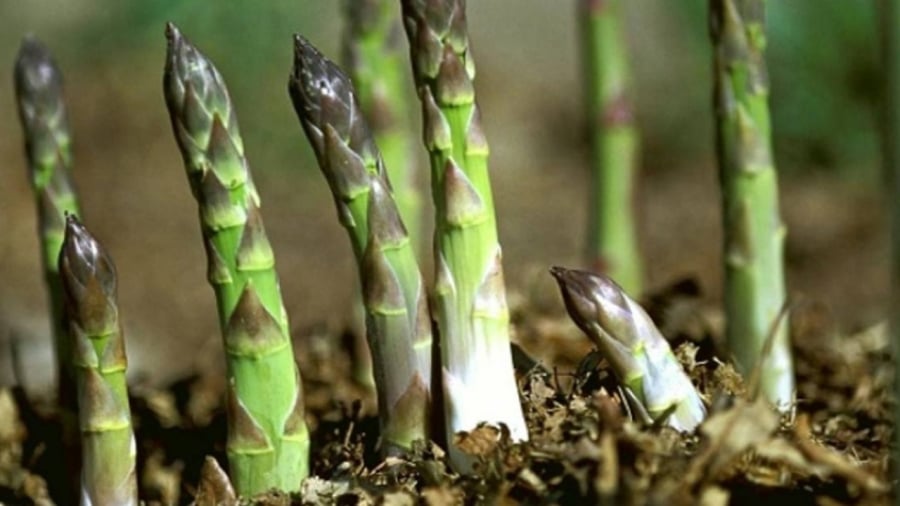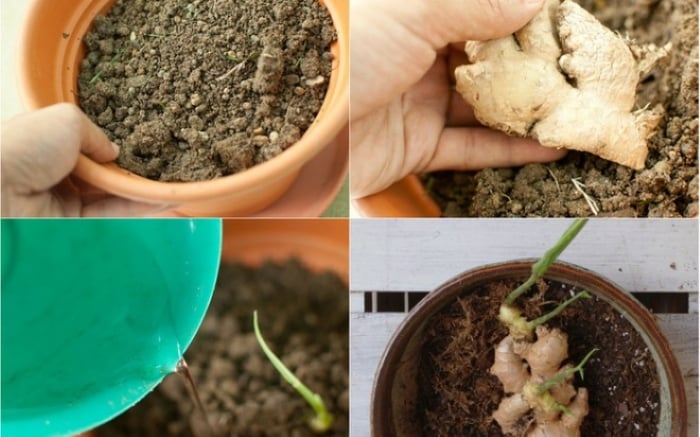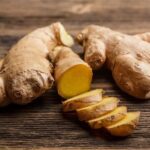1. Asparagus
Asparagus is a well-known vegetable to most people. This veggie is one of the ten famous dishes in the world, rich in amino acids, protein, and vitamins, with higher basic content than common vegetables.

Growing Asparagus
Asparagus is also very resilient, not demanding much in terms of growing environment. As long as it’s not too dry or waterlogged, the plant can thrive.
Another plus is that asparagus is disease-resistant and low-maintenance. Once planted, it will almost provide year-round harvests. This plant can also live for a long time, even up to several years, making it a great long-term crop.
2. Chayote
Chayote is a very popular vegetable in Northern Vietnam. As it produces both shoots and fruits, it is highly favored by the locals. With the right planting techniques, chayote can yield very high production, with one plant producing nearly 600 fruits.

Growing Chayote
Chayote prefers colder temperatures, so it’s best to plant them in the 9th lunar month and start harvesting from the 12th month until the 3rd month of the following year.
Planting too early or too late can affect the quality and yield of the crop. You can plant chayote from fruits that have already sprouted. Choose ripe, large, spiny, and healthy fruits, free from damage, pests, or diseases. The new sprouts should also be robust, indicating a good variety.
In rural areas, chayote can be grown for multiple years. During winter, cover the plant with plastic to protect it from the cold, and it will continue to sprout and bear fruit the next year.
3. Ginger
Ginger is a perennial herb with a tall, reed-like stem that can grow up to 150cm in height. The leaves are simple, alternate, and sheathing, with a typical leaf shape being lanceolate and tapering towards the apex. The leaf surface is usually glossy, dark green, with pale veins, and has a pleasant aroma.

Growing Ginger
To ensure the best growth conditions for ginger, timing is crucial. Typically, it’s best to plant ginger when the weather starts to warm up in early spring, from January to February, or in late spring, from April to May. This makes it easier for the ginger to thrive.
Ginger usually takes about eight to ten months to produce large, high-yielding rhizomes. Therefore, as the weather cools down towards the end of the year, from October to December, ginger can be harvested.
For households with limited planting space, the simplest method is to grow ginger in bags, pots, or plastic tubs. With proper care and favorable conditions, ginger will grow rapidly and produce a high yield.
The Secret Ingredient to a Perfectly Fried Fish: Achieving a Golden, Crispy Exterior with a Mouthwatering Aroma
To fry or not to fry, that is the question that plagues many home cooks when it comes to frying fish. The fear of their delicate fish fillets falling apart or sticking stubbornly to the pan is all too real. But fret not, with a few simple tips and tricks, you can conquer this culinary conundrum and fry fish like a pro.



































